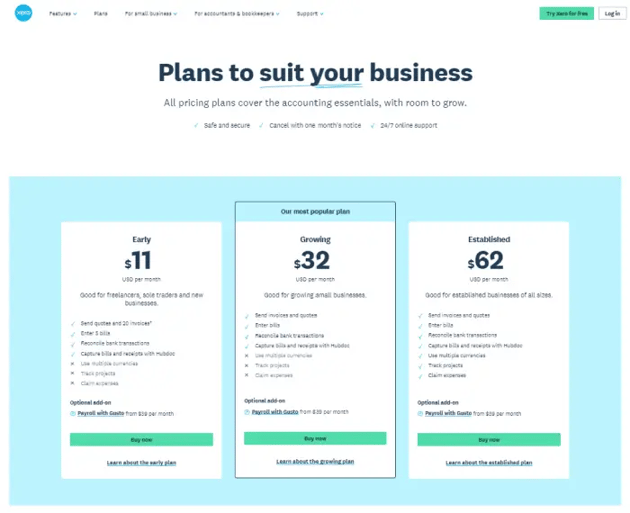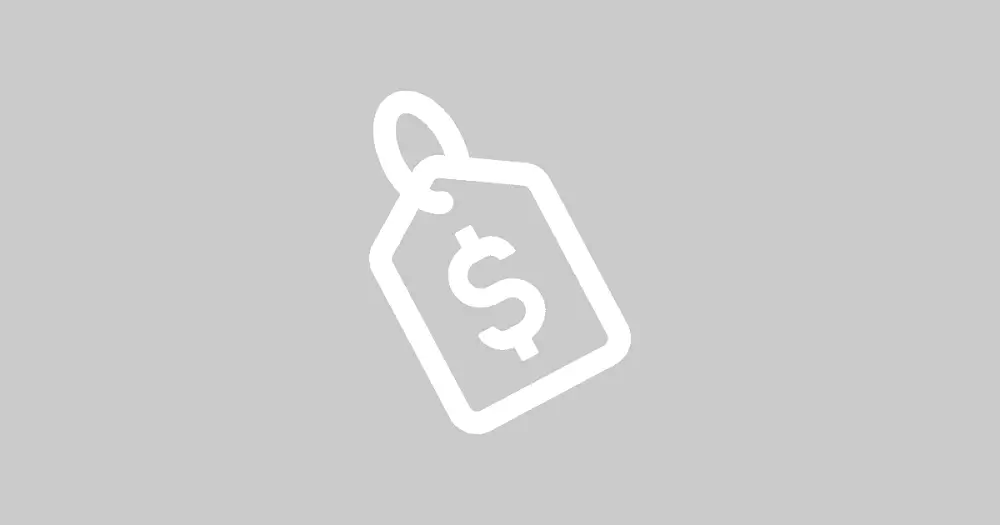Developing your pricing strategy for SaaS is one of the most strategic activities of the SaaS Chief Marketing Officer.
Your companies SaaS pricing strategy will have a major impact on product-market fit and thus impact major pricing metrics like churn, ARPU, conversion rates and LTV.
SaaS Pricing is not that different from a Software Pricing Strategy, but it has some specific angles that I'll explore in this article.
How to build a SaaS product pricing strategy
Most companies start with a pricing strategy that is a combination of Cost-Based Pricing and Market-Based Pricing.
While that’s good in the short to medium term, it’s important to pursue Value-based pricing model and learn from your customers and what they value to evolve your pricing.
1. Cost-Based Pricing
This requires pricing your output based on the costs of your inputs, or Cost-To-Service (CTS).
Example: I need to make 30% net margin. My all-in costs are $10/widget. I need to charge $14.29 per widget to make a 30% net margin. This is critical to get your SaaS business to profitability at some point.
2. Market-Based Pricing
Pricing your output based on your competitors’ prices. Understand the pricing that your prospects will encounter during their buyer's journey. Mystery shop your competition.
You can price your service higher (position yourself as premium), on par (win on reputation and experience) or below and play the market-share game (as long as you're ready for a race to the bottom), as long as you make this decision deliberately.
Example: Microsoft Word costs $5/month. Mine’s a better service - I’m going to offer it at $6/month.
3. Value-Based Pricing
Pricing your product in relation to the value it delivers to your clients.
Ideally you get to value-based pricing ASAP. This is best aligned with how you can do your messaging and selling based on a meaningful value proposition.Example: Olympus Insurance currently runs a process that costs them $50k of Underwriter time. We’re going to step in and run that process fully for them - it will cost us $10k. Given that that would save them $40k and they have no other alternative service, we’re going to split the savings and charge them $30k.
If you’re not able to price based on value today, focus on understanding where, when and how your solution is creating value, and find out how much that value is. The sooner you can start basing your pricing on this, the better.
SaaS Product Pricing - Additional Considerations
4. SaaS Pricing per what?
Consider what the "denominator" of your pricing should be. Getting this right will help you build value-based pricing (see #1)
Which of the following best reflects the way you can count customer outcomes?
- Price per User
- Price per Device (i.e. sensor/phone/PC/outlet/car)
- /feature/- speed
- Price per usage (i.e. data volume, calls, zaps, transactions, revenue, time)
5. Think big-picture
Don't make pricing strategy decisions overnight. Don't let your desire to close a deal develop your pricing strategy.
You run the risk of optimizing for low friction (salespeople will reduce friction, and not always optimize profit). You will also have to "grandfather" your current customers into some of the plans you'll develop in the future. This all impacts how you should be thinking about pricing today.
6. Keep your pricing structure simple
While reducing sales friction should not be the main factor to drive your pricing strategy, you still need to make sure your pricing is simple enough to make selling easy. And your finance department should not have to jump through hoops to create a customer invoice.
Create your pricing strategy with the sales job-to-done and your billing and accounting system in mind.
How will you bill for your SaaS products?
Speaking of billing systems in #4, you need to make sure your SaaS Pricing Strategy fits with the way you want to be able to manage your various SaaS Pricing Plans (SKUs, Price Levels) in your SaaS Billing Platform (i.e. Recurly, Chargify, Zuora).
Make sure it's easy in the future to use things like discount/promo codes, and allow for cohort analysis coming from your billing system (it's not something you want to do manually).
7. What SaaS Pricing Plans?
You need to plan your plans. Here is an easy exercise to map your service/product capabilities to differentiation vs. the competition and potential market size.
It's a great tool to help you plan your various SaaS pricing levels. Below is an example of a basic yet solid SaaS pricing plan:

8. The HERO of your SaaS pricing tiers
After you decide what you want your ideal customer to buy (your "Hero" offering) you can now develop the Anchor/Decoy price-levels to support your Hero.
In the example above, the 'Growing' package is the Hero, with the 'Early' as the anchor and the 'Established as the decoy price levels.
Three core SaaS product pricing models
The "rule of three" has been proven in Marketing and Behavioral Science in many ways. A great read is a book "Thinking Fast and Slow", or just read this blog.
9. Freemium or Try/Buy?
This article dives into the need for a Trial/Buy approach to customer adoption, or the need for a Freemium plan to get people started. Doing both is hard. Pick one.
10. Trial Length
If you decide to employ a Try-Buy model for your SaaS Pricing strategy, make sure to pick the right length for the trial period. More here.
11. Best and Only
All of the above pricing decisions are easier if you can answer two questions:
- What are we better at than anyone else?
- Why can customers only get this from us?
